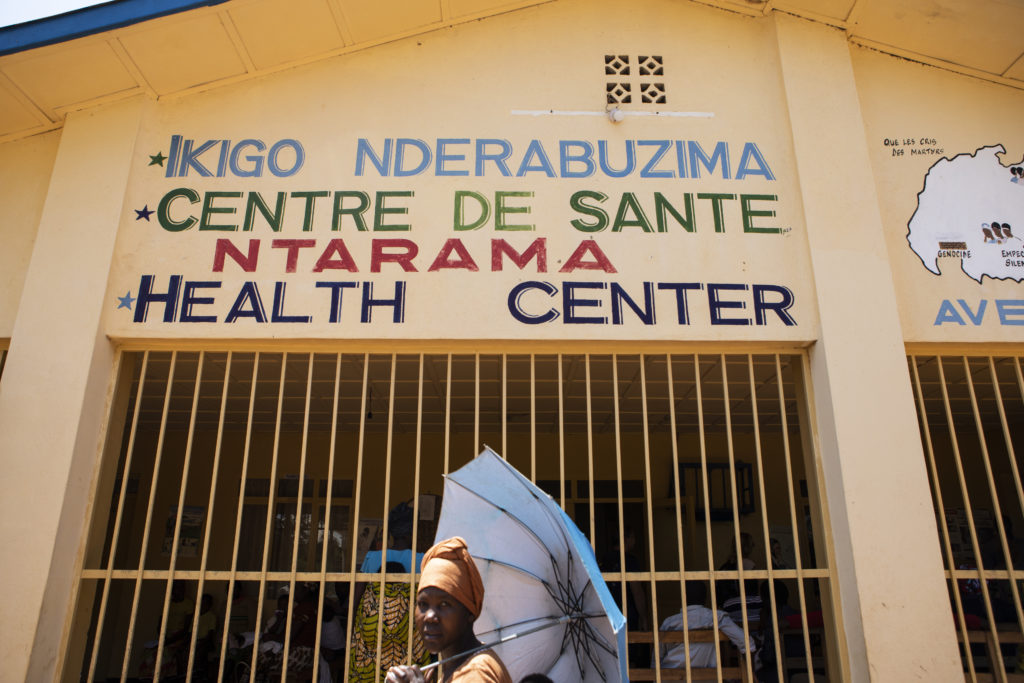
In the lead up to the publication of the new Strategic Plan of Survivors Fund (SURF) for 2021 to 2023, we will be publishing several posts to provide more context of our work – and implications for the the survivors of the genocide against the Tutsi in Rwanda which we support.
Health
Healthcare in Rwanda was historically of poor quality, but in recent decades has seen great improvement. Rwanda operates a universal health care system, and is considered to have one of the highest-quality health systems in Africa.
President Kagame made healthcare one of the priorities for the Vision 2020 development programme, boosting spending on health care to 6.5% of GDP in 2013, compared with 1.9% in 1996. The government has devolved the financing and management of healthcare to local communities, through a system of health insurance providers called mutuelles de santé.
Since 2011 premiums have varied on a sliding scale according to wealth, with the poorest citizens entitled to free health insurance (through a Rwf 2,000 subsidy paid by government) and the wealthiest paying premiums of Rwf 7,000 per adult. As of 2019, around 90% of the population is covered by the scheme.
Rwanda’s healthcare system operates 499 health centers, 680 health posts which are mainly involved with the outpatient programmes such as immunizations and family planning services, a number of dispensaries, and 42 district hospitals. There is a network of 58,286 Community Health Workers who provide primary care in the 14,837 villages and make referrals.
HIV prevalence in Rwanda is 3.1% among adults ages 15 to 49. The prevalence rate has remained relatively stable, with an overall decline since the late 1990s, partly due to improved HIV surveillance methodology. In general, HIV prevalence is higher in urban areas than in rural areas, and women are at higher risk of HIV infection than men. Young women ages 15 to 24 are twice as likely to be infected with HIV as young men in the same age group. While stigma continues to be a problem for people living with HIV/AIDS, the situation is slowly improving due to good information sharing at all levels about HIV/AIDS.
Implication for survivors and related vulnerable groups: Access to healthcare for survivors has improved on a par with the rest of the wider population, in particular helped by several clinics set up through funding by DFID in partnership with SURF which initially were set up to treat women survivors infected with HIV but which are now run by the local partner organisations to provide general community healthcare. However, there are still issues related to access to care and treatment for HIV+ survivors related to wanting to access support confidentially through partner clinics, as well as poorer survivors having difficulty to afford mutuelle de sante.
